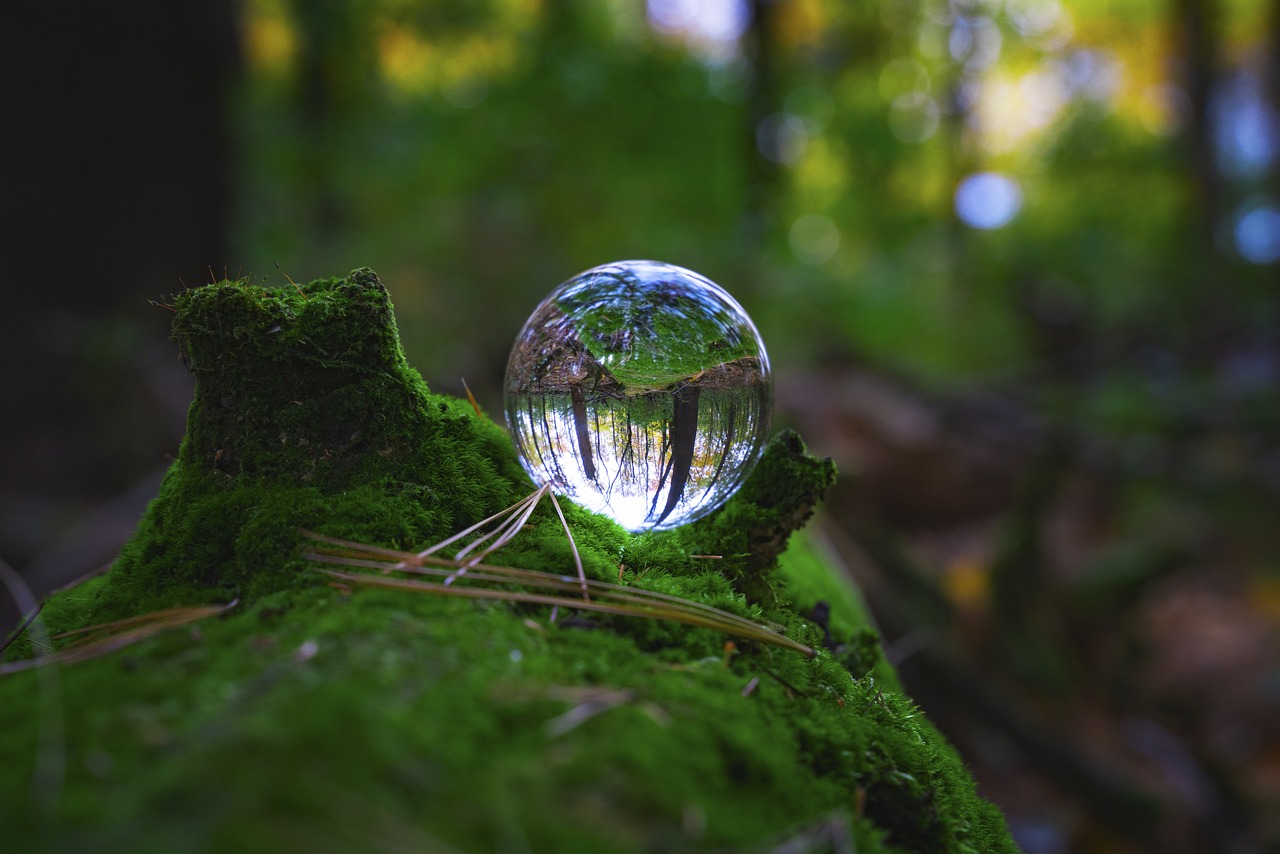
Ladies and gents, art enthusiasts and eco-warriors, brace yourselves for a whirlwind tour of eco-art! Imagine Bob Ross and Captain Planet having a lovechild raised by Banksy—yep, that’s eco-art for you. So, slap on your hipster glasses, grab your reusable tote bags, and let’s dive into the wild and wacky world of eco-art.
Alright, let’s start with the basics. Eco-art is like the Avengers of the art world, saving the planet one masterpiece at a time. This isn’t your run-of-the-mill paint-and-canvas routine; eco-art is all about using nature to create art that screams, “Hey, stop trashing my planet!” It’s a harmonious blend of environmental science and artistic expression. Think Leonardo da Vinci meets Greta Thunberg. The primary mission? To raise awareness about environmental issues while showcasing the sheer beauty of Mother Nature. Eco-artists are like environmentalists in berets, using their creative genius to craft pieces that tug at your heartstrings and slap you across the face with a wake-up call.
Now, let’s jump into our DeLorean and take a trip back in time. The whole eco-art movement took off when people realized that we were treating the Earth like a never-ending episode of Hoarders. Environmental crises were popping up like Whac-A-Moles, and artists couldn’t just stand by and sip their artisanal coffee. No, sir! They grabbed their eco-friendly paintbrushes and got to work. The rise of eco-art was a direct response to these crises, blending activism with creativity to address issues like pollution, deforestation, and climate change. It’s like the Renaissance 2.0 but with a green twist.
Speaking of green, eco-artists are all about sustainable practices. They don’t just talk the talk; they walk the walk, probably in hemp shoes. Forget about toxic paints and plastics; these artists use everything from recycled materials to organic pigments. It’s like if Bob the Builder went to Woodstock and decided to save the planet. Some artists even go full-on Bear Grylls, using natural elements like leaves, stones, and mud to create their pieces. This approach not only reduces their carbon footprint but also makes their art a part of the environment it seeks to protect.
Let’s talk about the rockstars of eco-art, starting with Andy Goldsworthy. Picture this: a dude wandering the wilderness, arranging leaves and stones into jaw-dropping sculptures, like some kind of artistic Druid. Goldsworthy’s work is the epitome of ephemeral beauty, often lasting just long enough for you to snap an Instagram pic before nature reclaims it. His pieces are a poignant reminder of the temporary nature of life and the importance of preserving our environment. It’s like nature’s own Snapchat filter, here one moment, gone the next.
But it’s not just about individual artists; there are some landmark eco-art projects that have left an indelible mark on both the art world and the environment. Take, for instance, the “Trash People” installation by HA Schult. This project featured a horde of life-sized human figures made entirely from recycled trash, traveling around the world like an eco-friendly flash mob. Each figure was a haunting reminder of our wasteful habits, making viewers reconsider their own consumption patterns. It’s like WALL-E, but scarier and more in-your-face.
Now, you might be wondering, does eco-art actually make a difference? Does it really raise environmental consciousness or is it just a bunch of hippie hullabaloo? Well, dear reader, eco-art has a way of sneaking up on you and planting seeds of awareness. It turns passive viewers into active participants, compelling them to think about their impact on the planet. It’s like Inception, but with more dirt and less Leonardo DiCaprio. By merging art and science, eco-art projects create a visceral connection to environmental issues, making them more relatable and urgent.
Looking ahead, the future of eco-art is brighter than a solar-powered disco ball. Innovations in eco-art practices are sprouting up like mushrooms after a rainstorm. Artists are now using cutting-edge technology to create even more impactful pieces. Imagine virtual reality installations that immerse you in a deforested Amazon or interactive exhibits that let you “feel” the melting ice caps. The possibilities are as endless as a Marvel movie marathon.
In conclusion, eco-art is the ultimate power couple of art and science, blending creativity with activism to address some of the most pressing environmental issues of our time. From its humble beginnings as a response to environmental crises, eco-art has evolved into a dynamic and impactful movement, utilizing sustainable practices and innovative techniques. With artists like Andy Goldsworthy leading the charge and groundbreaking projects raising awareness, eco-art continues to inspire and provoke change. So next time you see a pile of leaves or a stack of trash, remember: it might just be the next masterpiece in the ever-growing gallery of eco-art.
Alright, folks, that’s a wrap! Stay eco-friendly, stay artsy, and remember—reduce, reuse, and make some rad art while you’re at it!








купить диплом о высшем сталелитейном образовании landik-diploms.ru .
удостоверение дипломы купить landik-diploms.ru .
Официальная покупка диплома ПТУ с упрощенной программой обучения
say.la/read-blog/53016
Как избежать рисков при покупке диплома колледжа или ПТУ в России